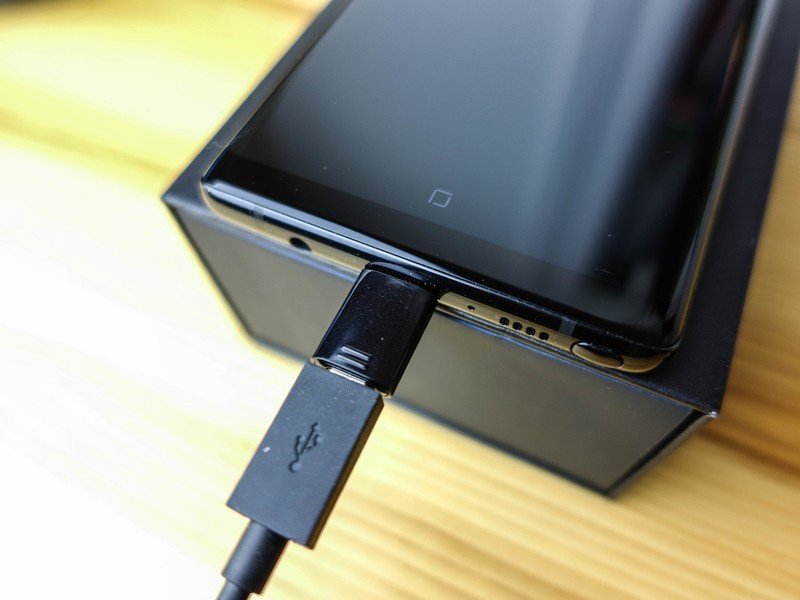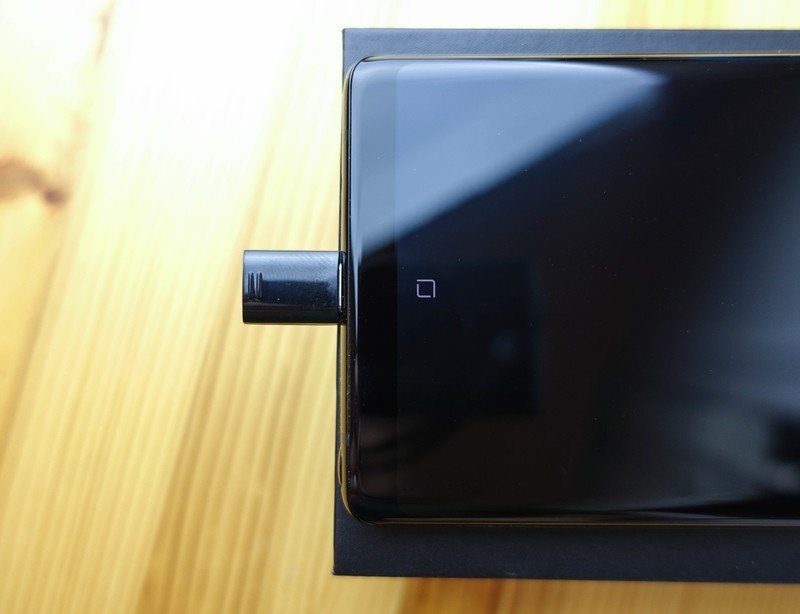These cheap adapters let you use your old Micro-USB cables with USB-C

Unless you're rocking a budget phone from Motorola, most companies have transitioned their device lineups from Micro-USB to USB-C. The change is ultimately good, both for charging speeds and convenience. But what about all those old Micro-USB cables you have in a drawer somewhere? Should you just throw them away? No, you need a USB Type-C to Micro-USB adapter, which makes it easy to use all of those legacy cables.

The truth is that everyone has a million Micro-USB cables lying around, and likely only a few Type-C cables. As the industry transitions to the new standard — which is considerably better, being reversible and capable of more current at the same voltage — there's going to be an extended period where some devices, particularly less expensive ones, will still ship with the older version.
The truth is that everyone has a million Micro-USB cables lying around
Sure, an adapter is easy to lose, and is certainly a bridge to a future where something so disposable is unnecessary, but in the meantime, more companies should think about including one. Since it seems like we're living in #donglelife, both with the removal of legacy ports in phones and laptops, and the need for an increasing number of adapters, keeping one or two of these in your bag shouldn't be a big deal. Some phones, like the Galaxy S8 and Note 8, come with one in the box, which is pretty outstanding.

There are a couple things to note about these Micro-USB to USB-C adapters:
- Most of them are USB 2.0-only, which means that even if the USB Type-C device you're connecting to supports USB 3.1, speeds will be limited to 480Mbit/s. Some adapters do support USB 3.0 (which isn't quite as fast as USB 3.1) — you just have to know what you're buying.
- Some of these adapters include a 56kΩ resistor, which limits the amount of current through the cable if it terminates in a USB Type-A (the larger connector that usually plugs into a laptop or AC adapter). These shouldn't be necessary if you're using a high-quality cable with its own 56kΩ resistor built in, but it's there for added protection.
- If your phone supports Qualcomm's Quick Charge spec, this adapter should work just fine — it did when connecting the Axon 7 to a Quick Charge 2.0-compatible Motorola Turbo Charger — as it merely works as a passthrough.
- I know I'm going to lose this thing, so maybe, if you do decide to buy one, get a two or three-pack.
- USB Type-C is reversible, but Micro-USB isn't. Make sure that when you insert the adapter, you know which direction the Micro-USB end is facing, so that you don't break the cable, or the adapter, putting it in backwards.
There you go: not much to this thing, but I'm going to use the heck out of it all the same.
If you're looking for one (or a set), Amazon has a whole bunch of them from well-known accessory makers like Anker, Aukey, Goliath, and Unitek.
Be an expert in 5 minutes
Get the latest news from Android Central, your trusted companion in the world of Android
Do you think you'd have use for one of these adapters? Let us know in the comments!
Update, September 2017: This post has been updated with new information and modern images.
Daniel Bader was a former Android Central Editor-in-Chief and Executive Editor for iMore and Windows Central.

